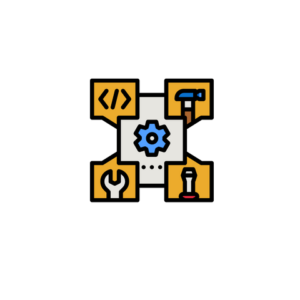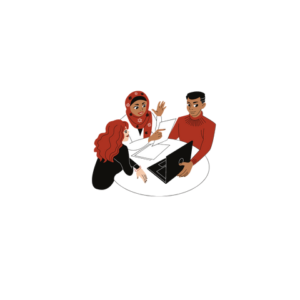Let’s talk about mental models.
Mental frameworks, or mental models as they are more commonly called, are frameworks that help you think. They simplify complex problems so you can think through them simply, time after time.
Training yourself to think through problems using mental models ensures that you don’t miss important variables while trying to solve a problem.
Mental models can really help you out in the office as well. They help you break down complex problems into their component parts and ensure you find comprehensive solutions.
Here are some useful mental models to remember for office:
Occam’s razor – this model states that the simplest explanation is often the correct one. If the simplest explanation proves false, try the slightly more complex one. If that too fails, try one step higher. In short, always go up the order of difficulty when you are hunting for explanations, and never try to start with the most complex one.
Eg: If your market share is dropping, you shouldn’t immediately start with sanctioning massive consumer research to understand if consumer tastes have changed or if your product is performing under par. Instead, check if the competition had run a discounting campaign the previous month or if your product faced distribution challenges in the market.
Second Order Thinking – Put simply, this model asks, “and then what?” Every time you take a decision, try to dig down one level deeper to see what the consequences of this decision could be. This may throw up further challenges or other opportunities.
Eg: If your solution to the market share dipping problem is to run a discount this month, check to see if
- the demand increase may lead to stockout situations.
- Also, think about how the competition will respond to your discounting.
- How will it impact the brand imagery?
Circle of Competence: Know what you know and know what you don’t. If a particular business problem requires knowledge that you don’t have, don’t be shy to ask for help. Form a cross-functional team if you have to, or else ask for help informally.
Eg: Don’t know what impact your discount may have on the product demand forecast? Get some help from the planning and finance team.
Pareto Principle: Most of us may have heard of this one in one form or the other. In a business context, it basically means that 80% of the impact on any business outcome is made by 20% of inputs. You just need to find the right 20% of input variables to move the needle faster.
Eg: Perhaps you don’t need to run a nationwide discount in order to win back market share. Check which are the cities where your market share has dropped the most, and focus your discounting plan only on those cities.
The ICE model: Make short-term decisions using the ICE model.
Impact – How much positive impact the option would have if it succeeds
Confidence – How much confidence you have that this option will succeed
Easy – How easy (resources, time, execution) would it be to pursue this option.
Eg: If you have other options besides discounting to tackle the market share loss problem, rank them according to the ICE model. Then tackle them in increasing order of complexity.








